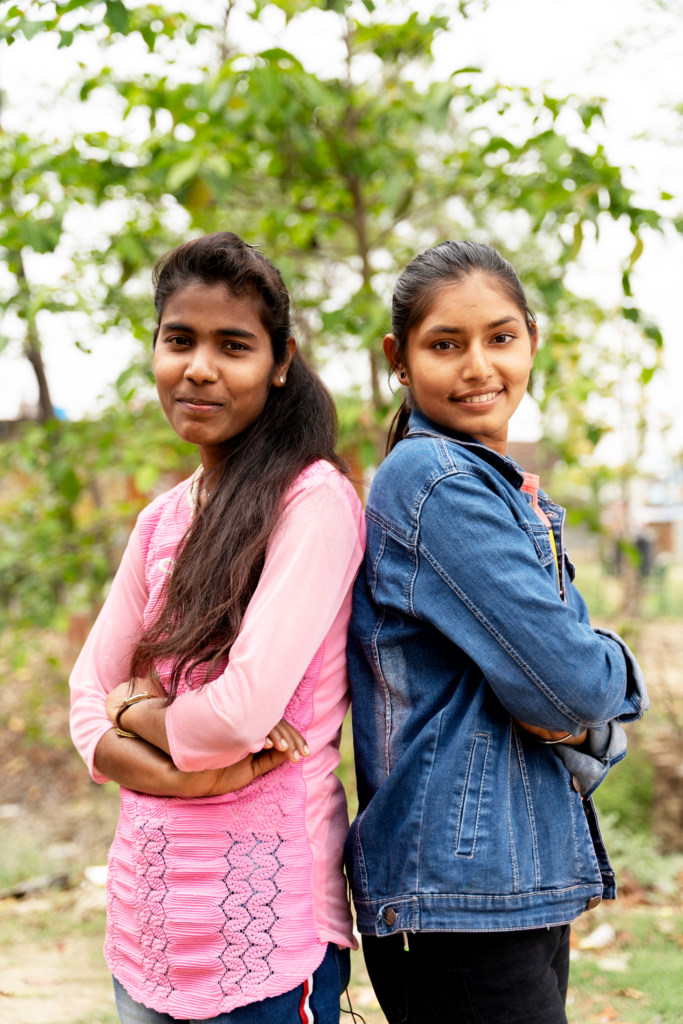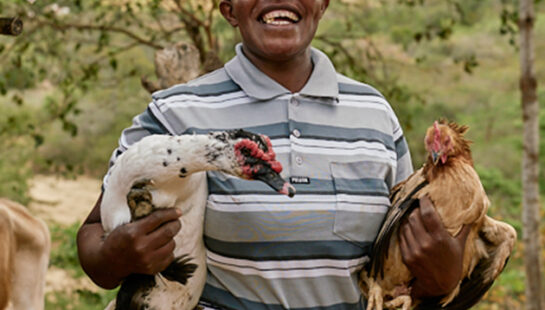Celia worked hard at school and dreamed of one day becoming a teacher in her community. But that dream died when she found herself in a forced marriage at age fourteen. Now she lives twelve hours away from her friends and family with a husband she barely knows. She’s lonely and misses school. And she is also at heightened risk of pregnancy and birth complications.
Child marriage is defined as a union where at least one participant is under 18 years old. Although illegal in almost every country, laws are often easily by-passed. One in five girls and one in 21 boys born today will enter a child marriage.
Why Is This Still Happening Today?
Contrary to many assumptions, most people arranging marriages for their children are loving parents seeking the best for their daughters and sons. The long-held perception that marriage will provide ‘protection’ for their child is a significant factor, alongside concerns around family honour and social norms. For many, customary or religious laws encourage families towards the practice, and civil legislation and enforcement are unable to stop it. Child marriage is sometimes used as a method of solidifying social ties and providing security.
But the most common factor by far is poverty. Almost all children at risk of child marriage live in financially vulnerable circumstances. The countries where children are most at risk also experience the highest levels of poverty. Sixty per cent of girls in rural Bangladesh are married before they turn 18.
What Problems Does It Cause?
Girls married young are at high risk of pregnancy and birth complications, social isolation, and domestic violence. With their education ending before they’ve acquired skills necessary for work, girls frequently become trapped in lives limited to housework and raising children.
While money changes hands, it’s an oversimplification to think of these girls as being sold. Feeding, clothing, and educating daughters is costly, while marriage can attract a bride price. So, keeping a girl in school could seem a poor investment to her family when giving her in marriage offers immediate financial relief, the comfort of following traditional expectations, and the assurance that the girl has secured a husband.
The problem is rooted in the perception that girls and women have little value beyond being a wife and mother. But contrary to traditionally held perceptions, child marriage perpetuates poverty. Girls are prevented from reaching their potential and adding their significant intellectual power to addressing the challenges faced by their communities.
What Are We Doing About It?
Baptist World Aid is committed to programs that support community development and offer education on the importance of gender equality. And we’re seeing positive results. Mukunda Adhikari is based in Nepal where he is Development Effectiveness Advisor for Baptist World Aid Australia. He’s currently conducting research into the causes, effects, and solutions around child marriage.
‘We’ve many programs in Nepal, Bangladesh, Uganda, and Malawi addressing the issue of child marriage,’ Mukunda said. ‘As we work with the local community, we’re seeing young people take the lead in ending the practice—in one Nepali community, Child and Youth Clubs have stopped 13 child marriages since July 2023! More and more communities are saying ‘no!’ to child marriage and dowry practices, and it’s young people leading the way.

Child marriage is a violation of The Universal Declaration of Human Rights; the Convention on the Elimination of All forms of Discrimination Against Women; and the Convention on the Rights of the Child. Additionally, the United Nations has established 17 Sustainable Development Goals to transform our world by 2030 and ending child marriage is key to eight of those goals.
Ending child marriage is important for those girls and boys being harmed by the practice, but it will also mean we’re making great strides in reducing worldwide poverty.



 Amelia Ceroni,
Amelia Ceroni,

 Meredith Benson,
Meredith Benson,